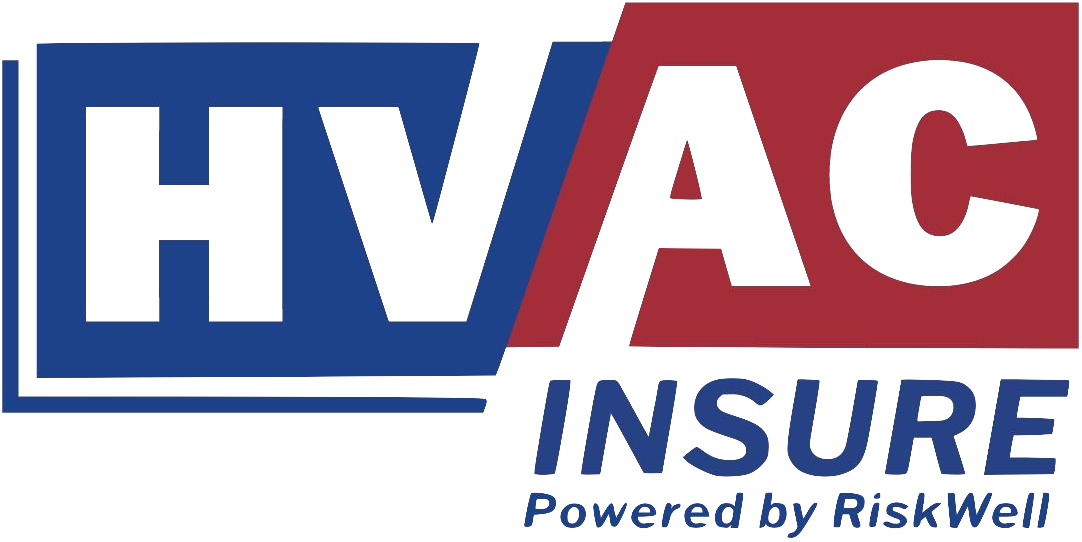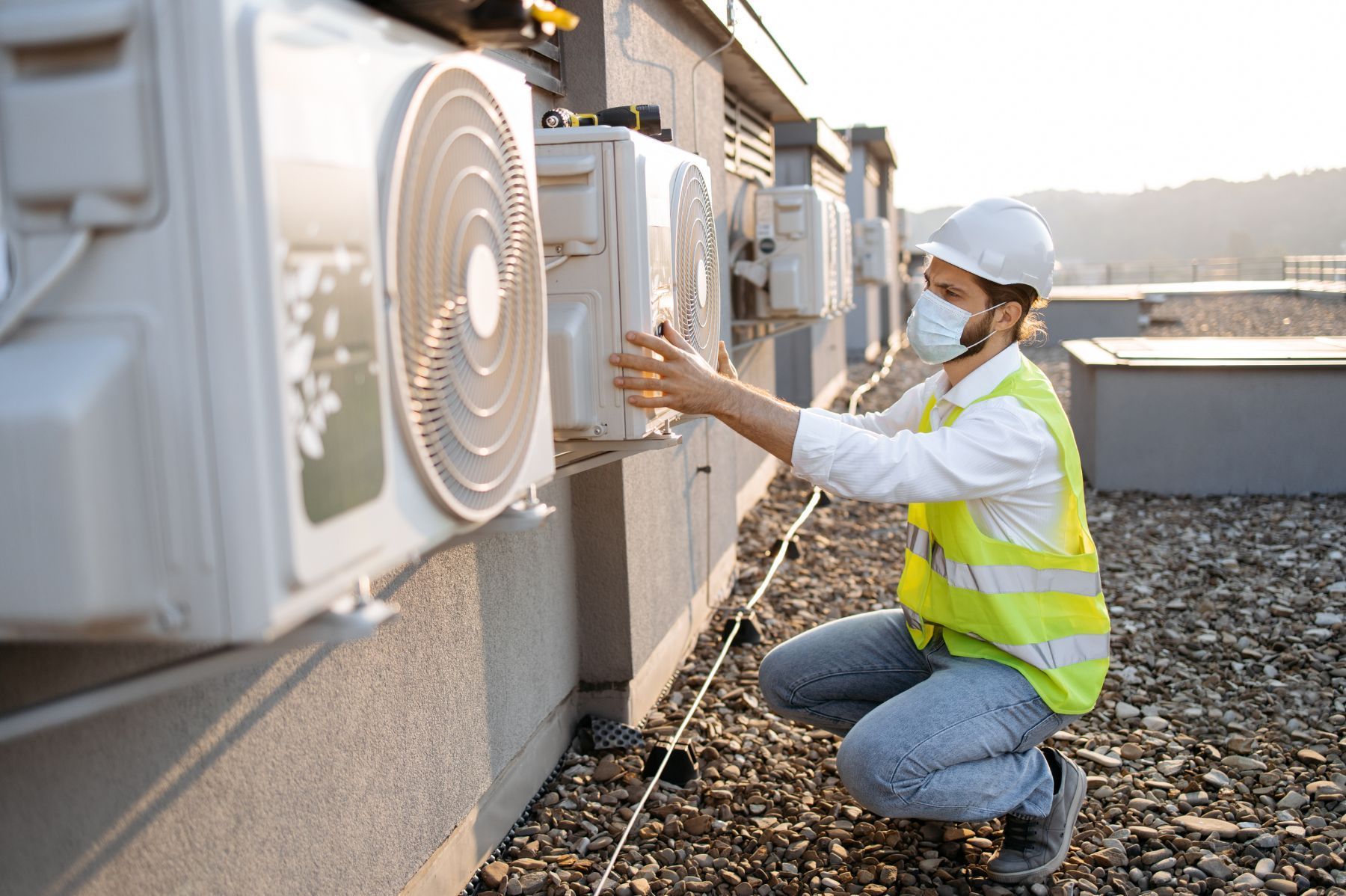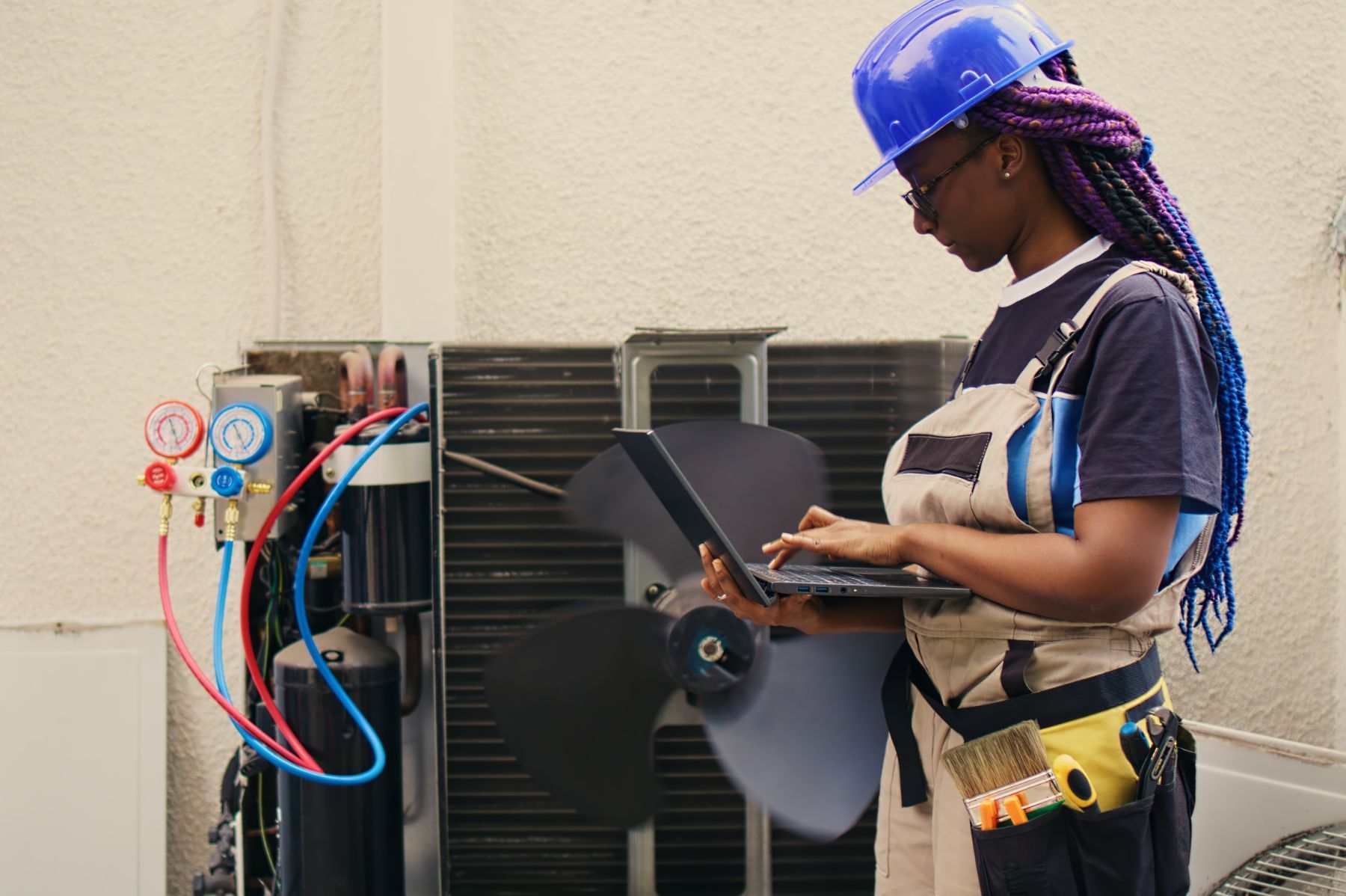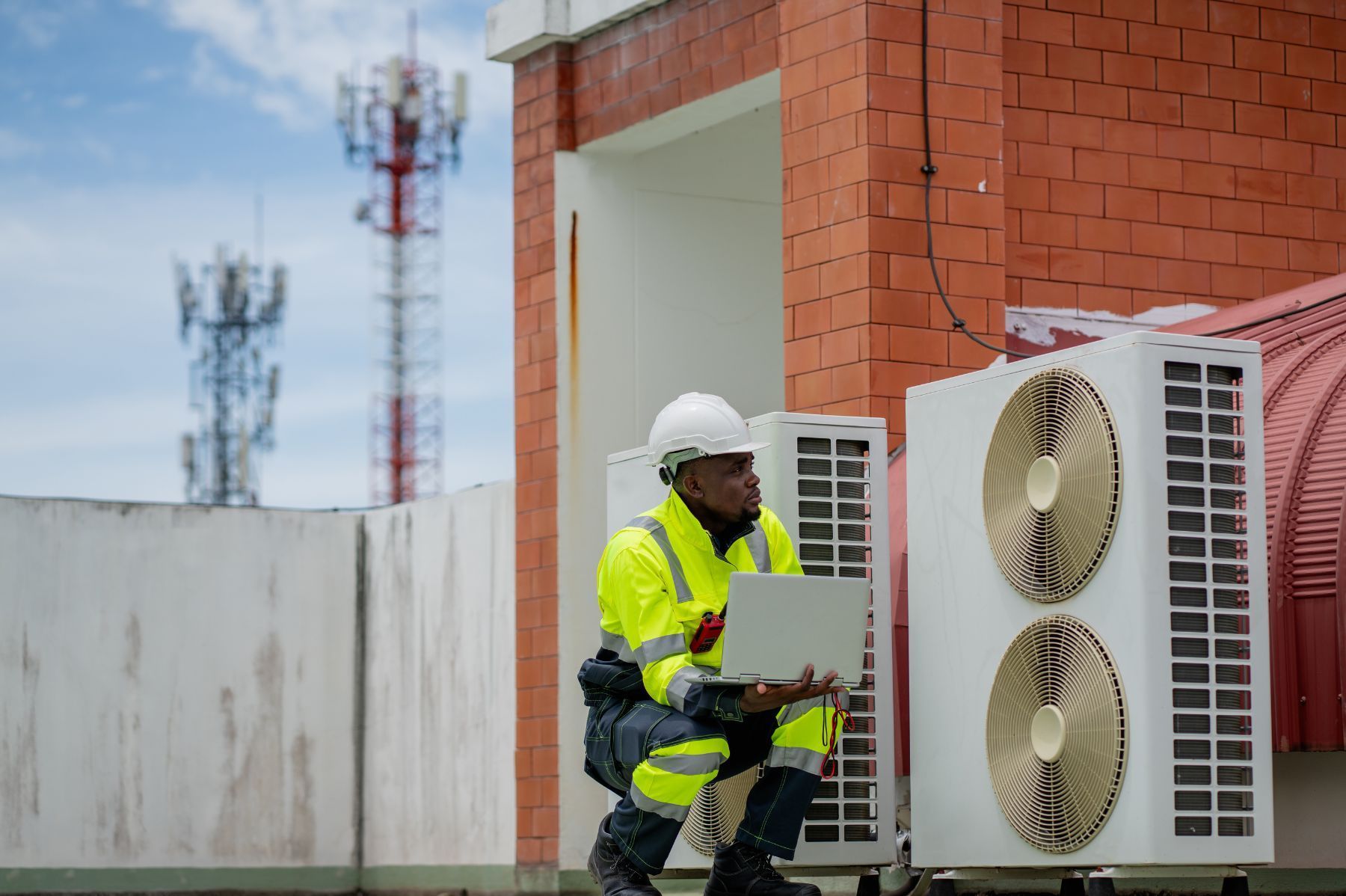Navigating Multi-State Compliance for Mobile HVAC Businesses
See How We're Different
or call us: (469) 678-8001

Mobile HVAC businesses face a unique challenge: operating across state lines means juggling a patchwork of regulations, labor requirements, and energy standards. For contractors who travel to service clients in multiple states, understanding these differences is not just a legal necessity but a key to maintaining efficiency and profitability. The HVAC industry is evolving rapidly, with new government mandates and market shifts reshaping how businesses must operate.
In 2024, HVAC systems accounted for about 40 percent of total energy use in U.S. buildings, underscoring the sector’s critical role in energy consumption and environmental impact. This makes compliance with energy efficiency standards more than a bureaucratic hurdle-it’s a business imperative. Staying ahead means knowing the rules in every state you serve, especially as regulations tighten and technology advances. For example, the U.S. Department of Energy recently updated Seasonal Energy Efficiency Ratio (SEER) requirements, setting minimum ratings that vary by region. Mobile HVAC contractors must be prepared to meet these standards wherever they work. More on that shortly, but first, let’s explore the landscape of multi-state compliance and why it matters.
Understanding the nuances of HVAC compliance across states can save your business from costly fines, project delays, and reputational damage. This guide breaks down what mobile HVAC businesses need to know to navigate these complexities confidently.
Understanding State-Specific HVAC Regulations
Each state sets its own rules for HVAC system installation, maintenance, and energy efficiency. These regulations can differ widely, affecting everything from equipment specifications to licensing and permits. For mobile businesses, this means that a job in Texas might require different certifications or equipment than a job in Minnesota.
For instance, the DOE’s 2023 update on SEER ratings mandates a minimum SEER of 15 for central air conditioners in southern states and 14 in northern states. This regional variation directly impacts the types of units contractors must install or service. Ignoring these distinctions can lead to non-compliance penalties and lost business opportunities.
Beyond efficiency standards, states may have unique requirements for refrigerant handling, emissions, and safety protocols. Mobile HVAC businesses must track these rules carefully to avoid violations. Resources like the Ken Research HVAC systems market report provide valuable insights into current regulations and market trends. Additionally, staying informed about local incentives for energy-efficient systems can also provide a competitive edge, as many states offer rebates or tax credits for compliant installations, encouraging customers to invest in greener solutions.
Licensing and Certification Challenges
Licensing is a common stumbling block for mobile HVAC contractors. Many states require specific licenses to perform HVAC work, and these licenses are not always transferable. Contractors must verify licensing requirements in each state they operate in and ensure their credentials meet local standards.
Some states also mandate continuing education to keep licenses current. This means mobile HVAC technicians must stay updated on training and certifications relevant to multiple jurisdictions. Failing to comply can result in fines or work stoppages. Furthermore, the rapid evolution of HVAC technology, including smart systems and eco-friendly alternatives, necessitates ongoing education to ensure technicians are well-versed in the latest advancements and best practices. This not only helps in compliance but also enhances service quality, making businesses more appealing to potential clients.
Permitting and Inspection Variations
Permitting processes differ significantly between states and even municipalities. Mobile HVAC businesses must navigate varying timelines, fees, and inspection protocols. Some regions require pre-installation inspections, while others focus on post-installation verification.
Understanding these processes ahead of time helps avoid project delays and ensures smooth job completion. Partnering with local experts or using digital permitting platforms can streamline compliance across state lines. Moreover, being proactive in establishing relationships with local building departments can facilitate smoother interactions and quicker approvals, ultimately leading to enhanced customer satisfaction. As regulations continue to evolve, keeping an open line of communication with local authorities can also provide valuable insights into upcoming changes, allowing businesses to adapt swiftly and maintain compliance.
Labor and Workforce Considerations Across States
Labor shortages remain one of the top challenges for HVAC contractors nationwide. According to the Electric & Gas Industries Association (EGIA), increased costs and government regulations also rank high among industry concerns. For mobile businesses, these challenges multiply as they manage crews working under different state labor laws and wage requirements.
In May 2023, nearly 400,000 workers were employed as HVACR mechanics and installers in the U.S., with a median hourly wage of $27.55. However, wages and labor laws can vary by state, affecting payroll management and hiring strategies for mobile operations. For instance, states like California and New York have higher minimum wage rates and stricter labor regulations, which can significantly impact operational costs and the overall profitability of HVAC projects. Conversely, states with lower wage requirements may present opportunities for cost savings, but they may also face their own unique challenges, such as a smaller talent pool.
Understanding state-specific labor laws, including overtime rules, workers’ compensation, and union regulations, is essential. Mobile HVAC companies must also consider travel time compensation and per diem allowances when technicians work across state borders. This complexity necessitates a robust human resources strategy that not only keeps track of varying regulations but also ensures compliance to avoid potential legal pitfalls. Moreover, staying updated on legislative changes is crucial, as new laws can emerge that affect how businesses operate, particularly in a rapidly evolving industry.
Addressing Labor Shortages Strategically
With labor shortages cited as a top threat, mobile HVAC businesses should invest in training and retention programs that accommodate multi-state operations. Offering flexible schedules, competitive pay aligned with regional standards, and ongoing education can help attract and keep skilled workers. Furthermore, partnerships with local trade schools and vocational programs can create a pipeline of new talent, ensuring that businesses have access to a steady stream of qualified candidates. By fostering relationships with educational institutions, companies can also participate in apprenticeship programs that provide hands-on experience while helping to cultivate the next generation of HVAC professionals.
Additionally, leveraging technology for remote diagnostics and predictive maintenance can reduce the need for on-site visits, easing workforce demands. A recent study on HVAC control systems showed that advanced technologies like model predictive control and reinforcement learning can save up to 16 percent on residential energy costs and 13 percent on commercial buildings, highlighting efficiency gains that benefit both contractors and customers. The integration of smart technology not only enhances service delivery but also positions HVAC companies as forward-thinking leaders in the industry. As customers increasingly seek energy-efficient solutions, businesses that adopt these innovations can differentiate themselves in a competitive market, further attracting skilled labor who are eager to work with cutting-edge tools and techniques.
Adapting to Market Trends and Environmental Regulations
The HVAC market in the U.S. was valued at over $40 billion in 2023. Growth is fueled by rising energy efficiency standards, government incentives, and the adoption of smart HVAC technologies. Mobile HVAC businesses must keep pace with these trends to remain competitive and compliant. As consumers become more environmentally conscious, they are increasingly seeking out energy-efficient systems that not only reduce utility bills but also minimize their carbon footprint. This shift in consumer preference is pushing manufacturers to innovate, leading to the development of more efficient and sustainable HVAC solutions that cater to a growing market segment.
Environmental regulations are tightening, with many states adopting stricter emissions standards and encouraging net zero energy goals. A study on HVAC system interventions for net zero by 2050 highlights the need for retrofits and upgrades in commercial buildings to meet future codes. Mobile HVAC contractors will increasingly be called upon to install advanced systems that comply with these evolving standards. Additionally, as renewable energy sources like solar and wind become more integrated into the energy grid, HVAC systems must also adapt to utilize these resources effectively, further complicating the landscape for contractors who must stay informed about the latest technologies and regulatory changes.
Moreover, mergers and acquisitions in the HVAC services sector rose by nearly 7 percent year-over-year, driven by construction activity and environmental regulations. This consolidation trend signals growing demand for businesses that can navigate complex compliance landscapes efficiently. Larger firms often have the resources to invest in cutting-edge technology and training, allowing them to offer comprehensive services that smaller companies may struggle to provide. As a result, mobile HVAC businesses must consider strategic partnerships or alliances to enhance their service offerings and remain competitive in a rapidly evolving market.
Smart and Connected HVAC Technologies
Integrating smart HVAC systems allows contractors to offer clients enhanced energy management and compliance reporting. These technologies help monitor system performance, predict maintenance needs, and ensure adherence to efficiency standards across different states. With features like real-time data analytics and remote monitoring, these systems empower both contractors and clients to make informed decisions about energy usage and system upgrades. Furthermore, the ability to integrate with smart home technologies means that HVAC systems can be controlled remotely, providing convenience and additional energy savings for homeowners.
Mobile HVAC businesses that embrace connected technologies position themselves as forward-thinking service providers, better equipped to meet regulatory demands and customer expectations. By leveraging data from smart systems, contractors can not only optimize their service schedules but also provide personalized recommendations to clients based on their unique usage patterns and preferences. This proactive approach not only enhances customer satisfaction but also fosters long-term relationships, as clients come to rely on their HVAC providers for ongoing support and expertise in navigating the complexities of energy efficiency and compliance in an ever-changing regulatory environment.
Practical Steps for Ensuring Multi-State Compliance
Managing compliance across multiple states requires a proactive and organized approach. Here are some practical strategies mobile HVAC businesses can adopt:
- Maintain a Compliance Calendar: Track licensing renewals, training deadlines, and regulatory updates for each state.
- Use Digital Tools: Leverage software for permit applications, job tracking, and regulatory documentation to reduce errors and delays.
- Build Local Partnerships: Collaborate with local contractors or consultants who understand regional requirements.
- Invest in Staff Training: Ensure technicians are certified and knowledgeable about state-specific codes and safety standards.
- Stay Informed on Regulatory Changes: Regularly review updates from entities like the DOE and industry associations to anticipate shifts in compliance.
By implementing these steps, mobile HVAC businesses can reduce risks and improve operational efficiency while expanding their geographic reach.
Compliance Checklist Example
| Compliance Area | Key Actions | Frequency |
|---|---|---|
| Licensing & Certification | Verify state requirements, renew licenses, complete continuing education | Annually or as required |
| Energy Efficiency Standards | Ensure equipment meets SEER ratings per state, update inventory accordingly | Ongoing |
| Permitting | Submit permit applications, schedule inspections, maintain records | Per project |
| Labor Compliance | Adhere to wage laws, workers comp, and labor regulations in each state | Ongoing |
| Environmental Regulations | Monitor emissions rules, refrigerant handling, and retrofit requirements | Quarterly or as updated |
What Mobile HVAC Businesses Should Keep in Mind
Operating across multiple states means constant vigilance. Regulations can change quickly, and non-compliance can lead to costly penalties or lost contracts. Mobile HVAC businesses must balance the demands of diverse regulatory environments with the need to deliver timely, high-quality service.
Energy efficiency standards like the updated SEER requirements from the U.S. Department of Energy are just one example of evolving rules that impact equipment choices and installation practices. Staying informed about labor market trends and workforce challenges, such as those highlighted by the Electric & Gas Industries Association, can help businesses plan for sustainable growth.
Investing in technology, training, and partnerships will pay dividends. Smart HVAC systems and predictive controls not only improve energy savings but also support compliance and customer satisfaction. The growing market demand and regulatory pressures make adaptability a must-have quality for any mobile HVAC business looking to thrive.
Frequently Asked Questions
Q: Do I need separate HVAC licenses for each state I work in?
A: Usually yes. Most states require specific licensing, and these licenses are not always transferable. Check each state’s requirements before working there.
Q: How do SEER rating requirements affect mobile HVAC businesses?
A: SEER ratings set minimum energy efficiency standards that vary by region. Mobile contractors must ensure the equipment they install meets local SEER requirements to avoid penalties.
Q: What are common labor law considerations for HVAC technicians working in multiple states?
A: Wage laws, overtime rules, workers’ compensation, and travel time compensation can differ. It’s important to comply with each state’s labor regulations to avoid fines.
Q: How can technology help with multi-state HVAC compliance?
A: Digital tools can streamline permit applications, track licensing, and monitor equipment performance, making it easier to stay compliant across different jurisdictions.
Q: Are there benefits to partnering with local contractors when working in new states?
A: Yes. Local partners understand regional regulations and can help navigate permitting and inspections, reducing risks and delays.
Q: What should mobile HVAC businesses do to prepare for future environmental regulations?
A: Stay informed about evolving standards, invest in energy-efficient and smart HVAC technologies, and plan for retrofits that support net zero energy goals.











